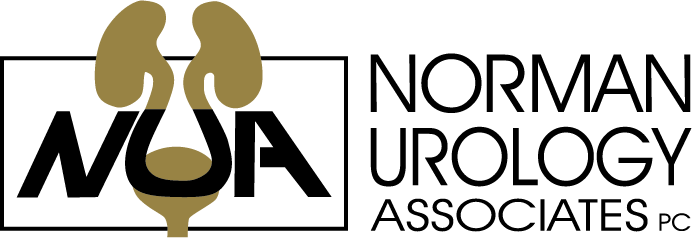Bladder Battles: Common Urological Issues and How to Manage Them
If you’re experiencing an issue with your bladder or urological tract, you’re not alone. Bladder problems can be uncomfortable and embarrassing, but they are not uncommon. Each year, millions of Americans visit a healthcare provider seeking treatment or diagnosis for a bladder problem.
Urological and bladder issues can also become more common as you age. Understanding common bladder issues, their symptoms, and how to manage them, is a great first step for managing your bladder health.
In this post, we’ll cover the most common bladder issues. We’ll also give suggestions for how to manage them and when to seek treatment.
Signs of a Bladder Problem
If you’re experiencing any of the symptoms below, it may be a sign of a urinary condition.
Frequent urination
Incontinence
Pain before, during, or after urination
Blood in the urine
Cloudy or foamy urine
Difficulty urinating or emptying the bladder
These symptoms may also be signs of a more severe health problem, like diabetes, stroke, or cancer.
So, it’s important to talk to your primary care provider to rule out larger health problems.
Depending on your diagnosis, they may recommend that you schedule an appointment with a urologist.
4 Common Bladder Issues
Below are four common bladder issues that may warrant medical treatment.
1) Overactive Bladder
Overactive bladder (OAB) is a condition that causes sudden and frequent urges to urinate that can sometimes lead to the loss of bladder control (e.g., incontinence). According to Yale Medicine, 30% of men and 40% of women experience overactive bladder.
Overactive bladder can be caused by a variety of conditions, such as:
Aging
Diabetes
Caffeine or alcohol consumption
Enlarged prostate
Neurological disorders
OAB is not a disease, but a set of urinary symptoms. Many people live with OAB and never seek the advice of a doctor.
But there are treatments available for overactive bladder that can reduce symptoms and lead to a better quality of life. Lifestyle changes can also lead to stronger bladder health.
2) Urinary Incontinence
Urinary incontinence is the involuntary loss of bladder control. It can result in large or small amounts of urine leakage. About 25 million people in the United States are diagnosed with incontinence. It may be temporary or chronic, but incontinence is most common in seniors.
Urinary incontinence may be caused by a variety of conditions, such as:
Urinary Tract Infections (UTIs)
Diabetes
Certain medications
Pelvic floor disorders
If incontinence is the result of an infection, it is most often treated with antibiotics. If it is the result of kidney stones, a surgical procedure may be in order.
It’s important to speak to your doctor if you are experiencing incontinence. Although an embarrassing problem, it may be treatable.
3) Urinary Tract Infections (UTIs)
A Urinary Tract Infection (UTI) is an infection of any part of the urinary system, such as the bladder, kidneys, ureters, and urethra. It can cause frequent urges to urinate and painful urination. UTIs are most common in the lower urinary tract, and women experience UTIs more often than men.
UTIs are caused by microorganisms or bacteria that enter the urinary tract (e.g., ecoli). They are most often treated with antibiotics and symptoms usually resolve within a few days.
However, recurring UTIs may be cause for more concern. It’s important to talk to your healthcare provider if you are repeatedly developing these infections.
4) Bladder Stones
Bladder stones are hard masses of minerals that form in the bladder. They are caused by concentrated urine and can lead to infection, pain, and blocked urine flow. They are most common in individuals who cannot completely empty their bladder.
Bladder stones are commonly diagnosed via ultrasound or a cystoscopy, a device that allows urologists to see inside the bladder.
Bladder stones can sometimes go away on their own, but resolving large bladder stones may require a surgical procedure.
How to Manage Bladder Problems
The first step in managing any bladder problem is to visit your primary healthcare provider.
They can help rule out any larger health problems like cancer or diabetes. They can also diagnose bladder, kidney, or urinary tract issues that may require medical or surgical treatment.
Next, take the below steps to improve your overall bladder health.
Exercise regularly and keep a healthy weight
Be in a relaxed position when urinating and make sure to fully empty your bladder
Drink enough water and fluids
Watch your diet and limit alcohol and caffeine
Know your medications and their potential side effects
Quit smoking
Do pelvic floor exercises to strengthen the pelvic muscles
Urinate after sex
Being proactive about your urinary health can lead to a better quality of life and fewer recurrences of bladder problems.
Seek Out Care for Bladder Battles
Speaking to a urologist may be the right first step in resolving your bladder battles. They can make recommendations for the best treatment options.
If you live in Oklahoma and are experiencing any of the symptoms or conditions listed in this article, reach out to schedule an appointment.
